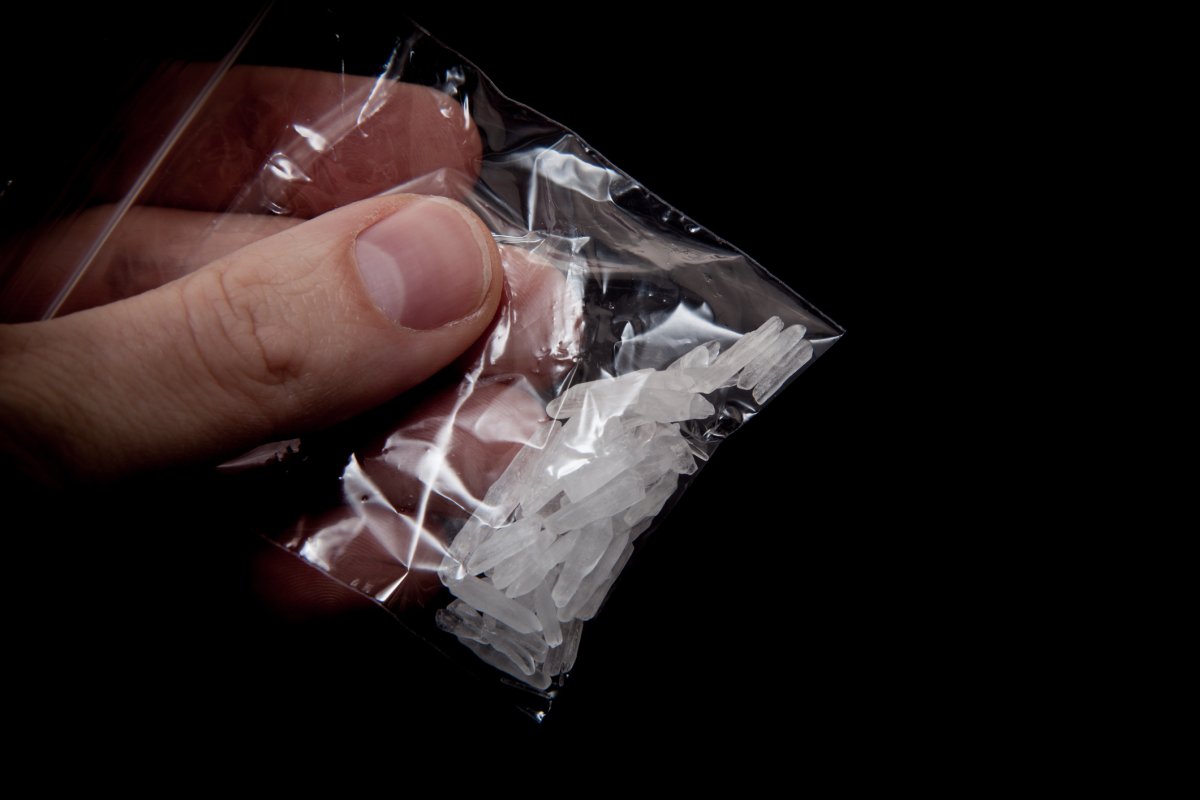A new study from Lawson Health Research Institute is looking at how to integrate harm reduction strategies into London, Ont. hospitals for methamphetamine use.

The Methamphetamine Harm Reduction project makes London the second place in North America to implement harm reduction strategies within hospital walls.
The four-year study, which just finished year one, consulted with both health care workers and current and past drug users to find out the best way to reduce addiction and infections.
Dr. Cheryl Forchuk, Assistant Scientific Director at Lawson and study co-principal investigator, said harm reduction is a well-established way to address drug use but has not been something typically used in hospitals.
“The current standard of care does not allow the use of illicit substances in hospitals as the safe consumption of substances requires an exemption under section 56.1 of the Controlled Drugs and Substances Act from Health Canada,” Forchuk said.
Health Canada is providing $500,000 over four years for the study, which she hopes will help them get an exemption from the public health agency to implement some of their suggested changes.
Over the last year, researchers spoke to health care workers and 112 people who are or were addicted to methamphetamines.
Of the 112 interviewed, 85 reported they were currently using methamphetamines and 51 reported using them daily.
- ‘Bacterial vampirism’: Deadly pathogens attracted to human blood, study finds
- Budget 2024: Liberals look to offset drug plan cost with higher smoking, vaping taxes
- Landmark smoking ban that would phase out sales passes U.K. parliament
- Preventing future pandemics goal of new U.S. partnership with 50 countries
Those with experience using drugs recommended things like safe injection sites, access to new needles to reduce infections, sharp boxes for safe needle disposal, and access to detox services as well as peer support.
“The number one issue is addressing the stigma,” Forchuk said.
“People often didn’t feel safe even going to the hospital or accessing various medical services because of the stigma and discrimination and often the lack of knowledge over things.”
There were similar responses from health care staff, who Furchuk remarked outlined the need for more education on addiction and having designated spaces in the hospital to help those struggling with addiction.
“Harm reduction is about meeting people where they are without stigma or assumptions, accepting that substance use is a part of their life,” said Sonja Burke, the Director of Harm Reduction Services at the Regional HIV/AIDS Connection.
“Our experience in the supervised consumption services proves that once a person is able to use their pre-obtained substances, they will engage in further supports for their health care. We have to change how the supports are being provided within the system to ensure we are reducing health risks and death,” Burke said.
Findings have shown that patients are more likely to get an infection related to substance use when being treated in the hospital as opposed to other settings and many people who are using leave hospital against medical advice, putting their health and safety at risk.
“People aren’t able to access safe ways to use substances and they are doing it in secret, so it’s not the best way to do it to prevent infection,” says Dr. Michael Silverman, Associate Scientist at Lawson, city-wide Chair/Chief of Infectious Diseases for London Health Sciences Centre (LHSC) and St. Joseph’s Health Care London, and study co-principal investigator.
With this information in mind, for Forchuk the next steps will be looking at how they can put these recommendations into action over the next year to get programs up and running. Once operational she said they will then look at what they needed to apart and how to scale up in years three and four.








Comments